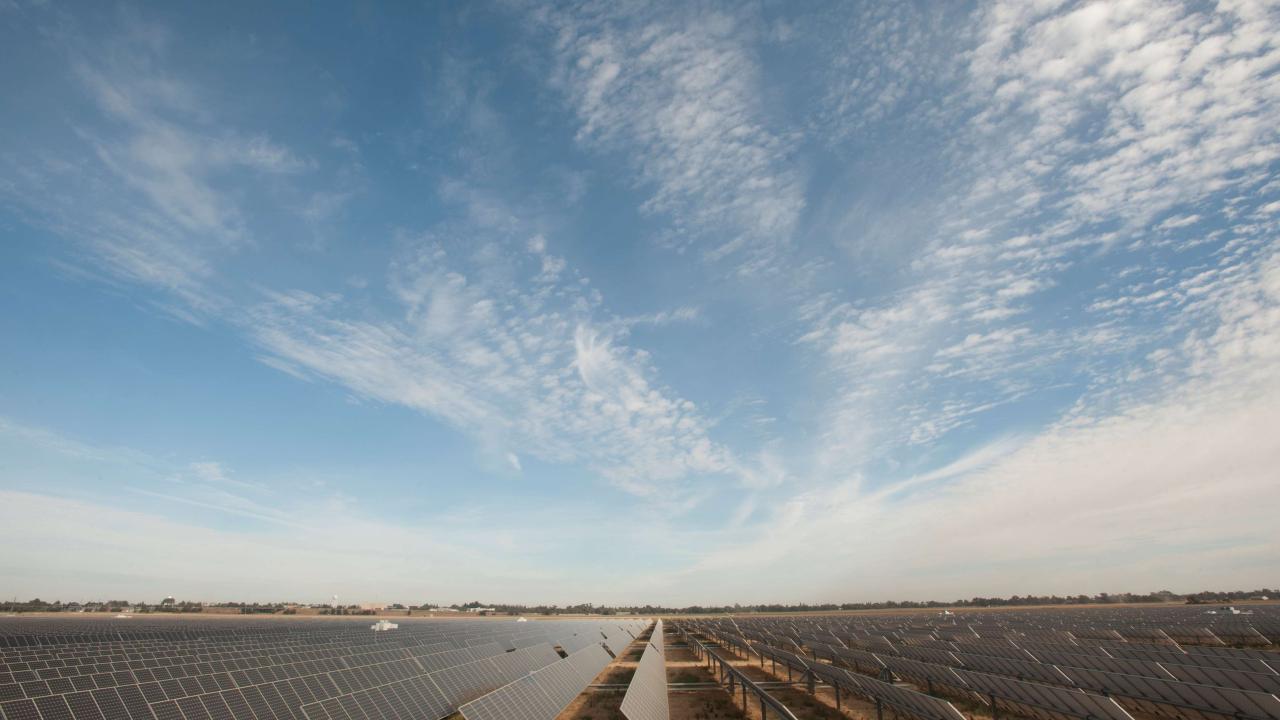
Renewable Energy, Agriculture and Legal Compatibility: Solar and Williamson Act Contracts
I had the privilege of conducting my practicum project with the California Department of Conservation this past summer. When I was brought on for my internship, it was with the duty of answering one ostensibly simple question: what have counties said about solar energy production facilities on Williamson Act land?
The Williamson Act, or Land Conservation Act, was passed in 1965 as a means of protecting the visual character and agricultural industries of the state and discouraging urban sprawl. The Act created a program whereby owners of agricultural or open space lands contract with their county to voluntarily restrict their land use to solely agricultural and open-space uses in exchange for tax breaks. During the course of the ten to twenty-year contracts, the landowner cannot use the land for purposes incompatible with its commercial agricultural/open space zoning, and neither can any landowners who purchase the parcel of land under contract. Naturally, for agricultural landowners with lands under contract facing increasing pressure from the state to reduce their water usage, or solar companies hoping to expand operations in accordance with state energy goals, the applicability of solar installations on agricultural lands is a key concern.
My research into this topic spanned a total of six weeks of full-time work, delving into the websites, municipal codes, meeting minutes, and news articles for counties participating in the Williamson Act. By the end of this research, I had found that the vast majority of counties don’t have any specific, publicly available guidelines. However, some counties with a high degree of investment in solar power on the municipal level (such as Kern and Kings counties) had extensive, thoughtful, and explicit rules outlining how solar companies and landowners alike can ensure that agricultural production and solar energy generation are compatible and mutually beneficial for all parties involved. Existing guidelines ranged from acreage limits on commercial facilities (such as the “50% or less” rule in Glenn County) to reclamation plans for the land once the facility has reached its end of life (as seen in Fresno and Tehama Counties).
I hope that my work will provide a valuable internal resource for my supervisors at the DOC, and for counties looking to draft their own policies on solar facilities. The spreadsheet compiling my research results is available upon request from the DOC, and a presentation on solar compatibility and the Williamson Act using some of my findings can be found on the DOC Williamson Act page.
